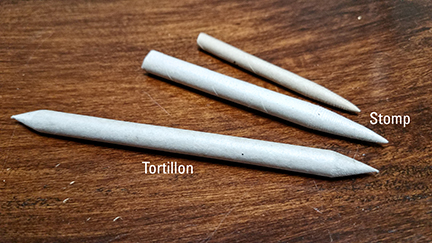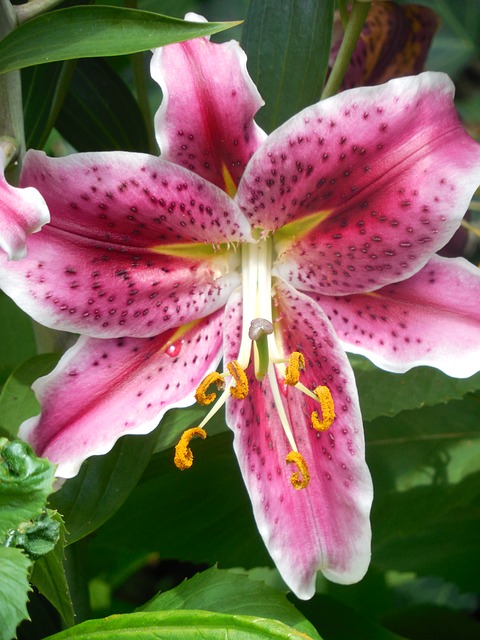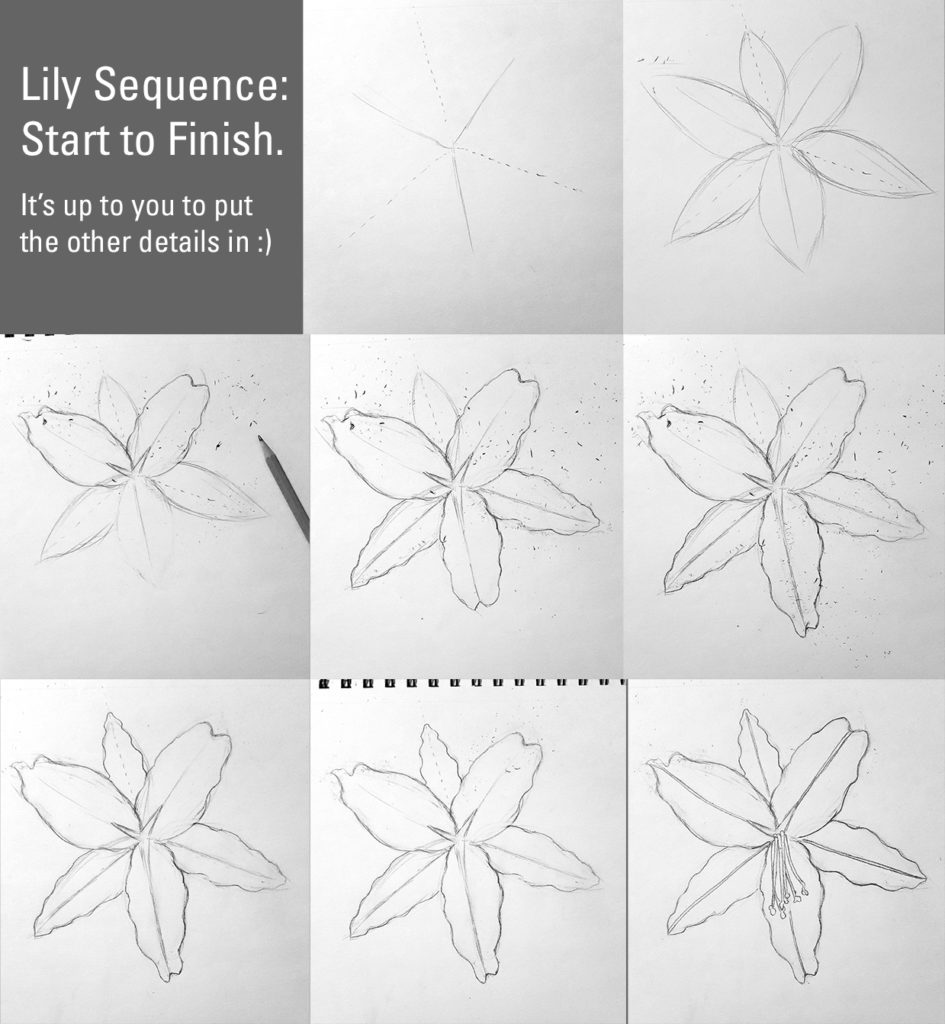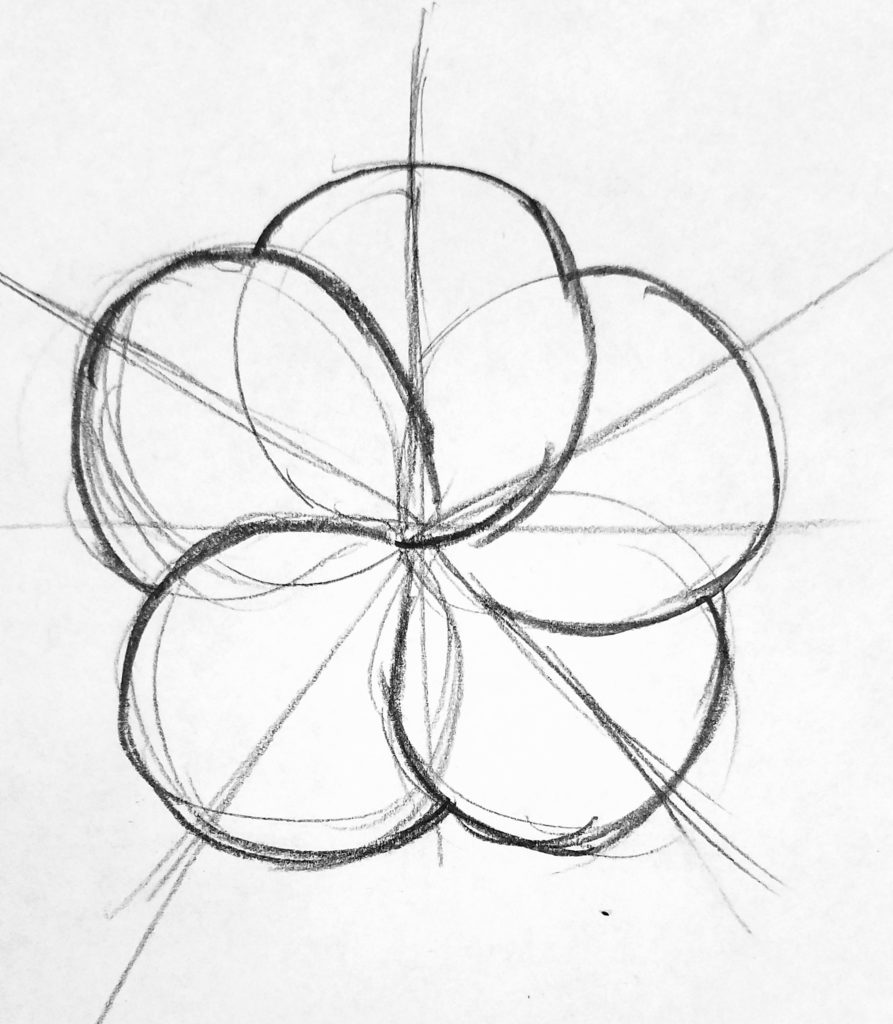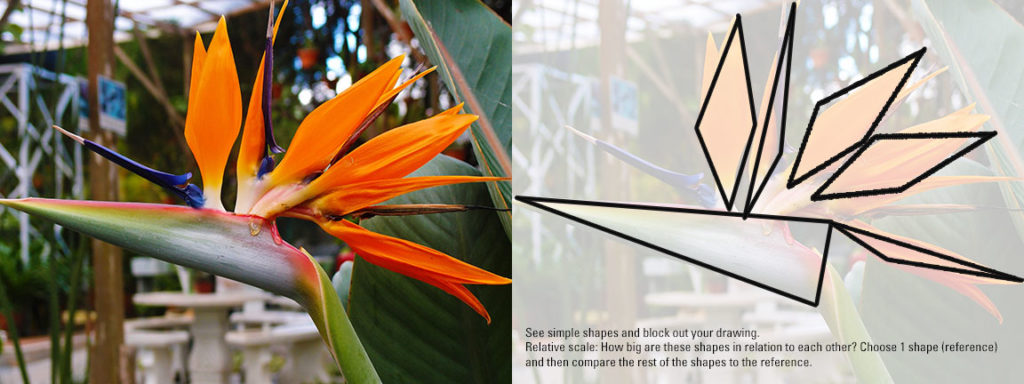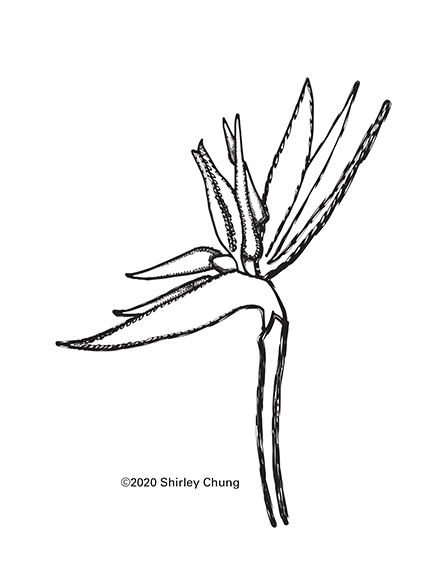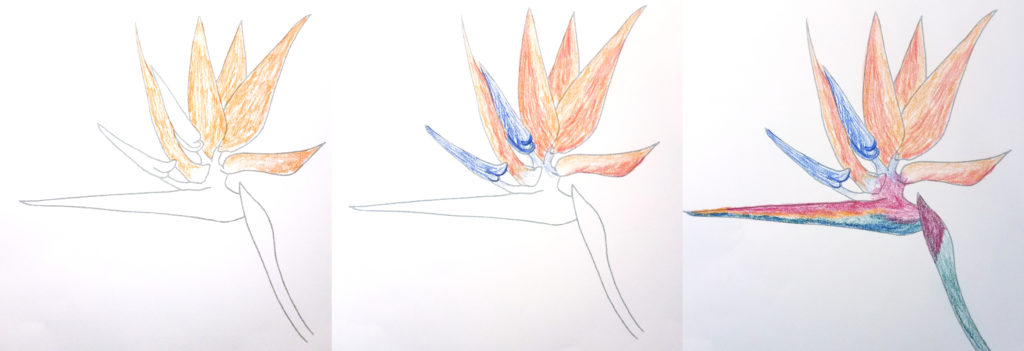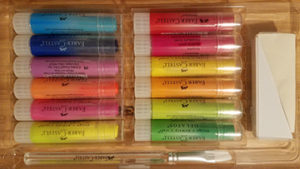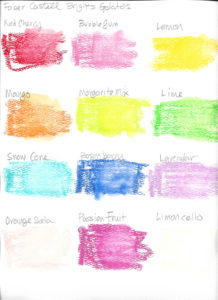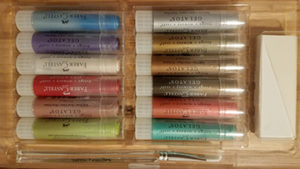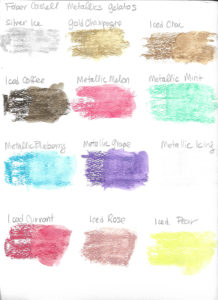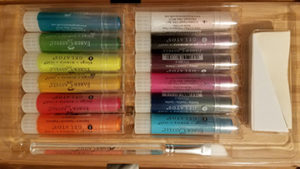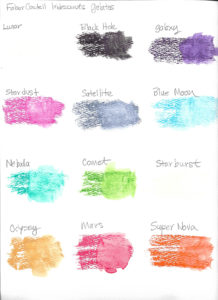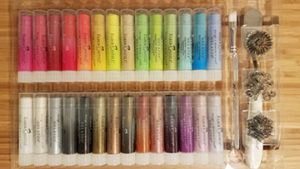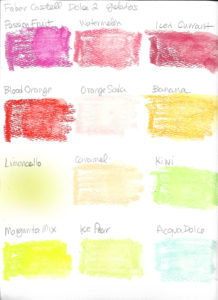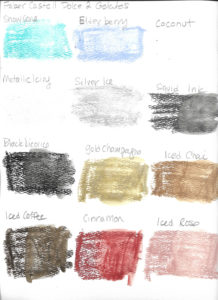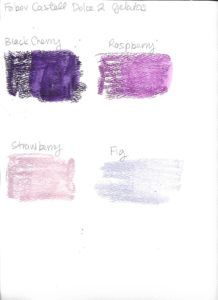Shopping for metal dies for your die cutter can be costly. I’ve been taking notes on major die brands, and trying to shop for the best price at (but not limited to): Joann’s, Amazon, Ebay, etc. Here’s my running list so far. Not all brands have a website.
Amy Design
Angela Poole, https://www.angelapoole.co.uk/
Avery Elle, https://www.averyelle.com/
Birch Press, https://birchpressdesign.com/
BoBunny
Card Deco
Catherine Pooler, https://www.catherinepooler.com/
Cheery Lynn Designs
Concord & 9th, https://concordand9th.com/
Creative Expressions
Dee’s Distinctively
Die-Namites
Dies R Us, https://www.diesrus.com/
Doodlebug
Dress My Craft, https://www.dressmycraft.com/
Elizabeth Craft Designs, https://www.elizabethcraftdesigns.com/
Fairy Cuts
Frantic Stamper, https://www.franticstamper.com/
Gemini Dies
Hampton Art
Hero Arts, https://heroarts.com/
Impression Obsession, https://www.iostamps.com/
Jeanine’s Art
Jillibean Soup
Karen Burniston, https://karenburniston.com/
Lady E Design, https://www.ladyedesign.com/
Lawn Fawn, https://www.lawnfawn.com/
Little B
Magnolia, https://www.magnolia.website/
Mama Elephant, https://mamaelephant.com/
Memory Box, https://www.memoryboxco.com/
Neat & Tangled
Paper Rose, https://paperrose.com.au/
Paper Smooches
Penny Black, http://pennyblackinc.com/
PhotoPlay, https://photoplaypaper.com/
Poppystamps, https://www.poppystamps.com/
Precious Marieke
Prima Marketing, https://www.primamarketinginc.com/
Quickutz
Serendipity
Sizzix, https://www.sizzix.com/
Spellbinders, https://www.spellbinderspaperarts.com/
Studio Light
Sue Wilson Designs
Tattered Lace, https://www.tatteredlace.co.uk/
Tim Holtz, https://timholtz.com/
Tonic Studios, https://www.tonic-studios.com/
Tutti Designs, https://tuttidesigns.com/
Uniquely Creative, https://www.uniquelycreative.com.au/
Yvonne Creations














